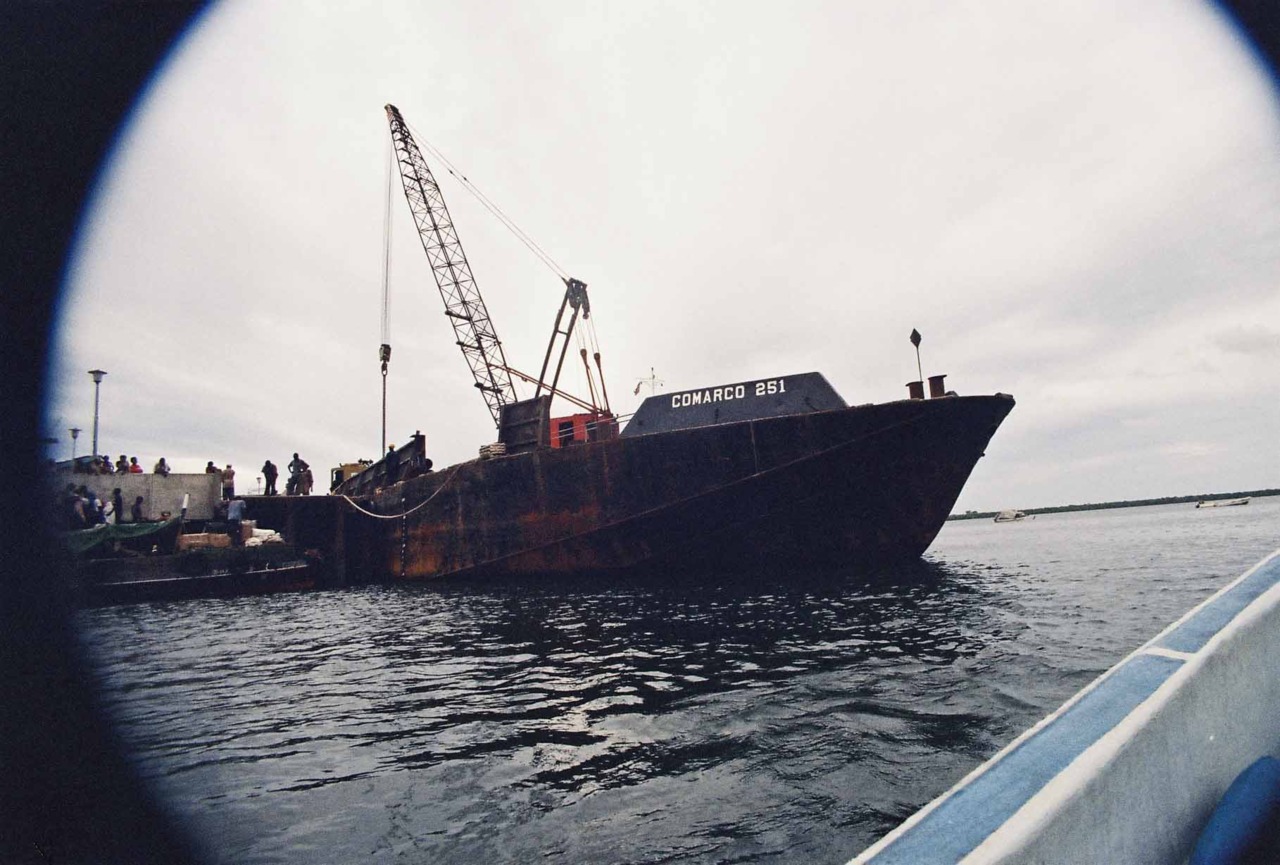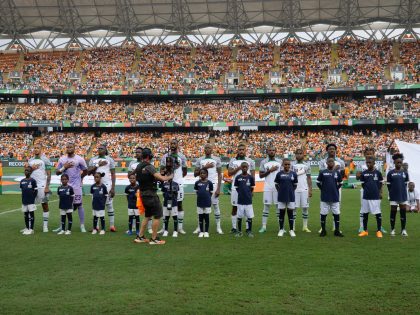What’s in the future for Lamu
Culturally and geographically separated from mainland Kenya, Lamu offers a rare window into the past and the woes and wonders of modern development.

Credit: Philippa Ndisi-Hermann.
Lamu Old Town is an ancient, bustling city of palm trees and artisans and stories, where trades and traditions are passed down from generation to generation largely unchanged. Acting as a trading hub for centuries, the archipelago’s food, architecture, religions, dress, music, and language are indicative of African, Arab, Persian, Indian, Asian and European influences, which together define the Swahili culture of Africa’s east coast.
Culturally and geographically separated from mainland Kenya, Lamu offers a rare window into the past, but is about to be launched into the woes and wonders of modern development. The archipelago is the proposed site of a 32-berth port that is meant to act as a key export corridor in a multi-billion dollar project to bring oil and other resources from East Africa to the world. Referred to as LAPSSET (Lamu Southern Sudan Ethiopia Transport Corridor), the project includes highways and pipelines across the region, much of which will lead to Lamu. In addition to the port, the archipelago is envisioned to host a large airport, oil pipeline, oil refinery, railway, and resort city.
The government promises that LAPSSET will bring much-needed jobs, services, and infrastructure. “The reality is that we have no good hospitals, we don’t have good schools, and we don’t infrastructure,” says Lamu County Commissioner Stephen Ikua. “When we bring the port, we are going to improve the health care, we are going to improve schools, and we are going to become competitive. Without that, over 75% of my community lives on a dollar a day.”
But many are worried that the port will degrade this age-old, tight-knit community—a UNESCO World Heritage Site—and the archipelago that hosts it, which is home to several endangered species, such as the green turtle and Ader’s duiker, and a healthy fish population, dolphins, elephants, a chatty birdlife, and a delicate corral reef. In order to make room for the deep-water port, the ocean strip between two islands will be dredged, and acres of mangroves will be cut. The community relies heavily on the fishing trade, and residents are concerned about their ability to fish – and their prey’s ability to survive – if they have to compete against massive oil tankers.
Humans living on the archipelago will also face change. According to a feasibility study, the population of Lamu District is expected to jump from 101,000 inhabitants to 1.25 million by 2050. The proposed resort could bolster tourism, but also poses a threat to small family-owned businesses. The majority of the Lamu community has limited education and job skills, and so residents say that while jobs may come to Lamu, others may reap the benefit. (The government has agreed to make scholarships available for young Lamu learners to go to university, but none have yet been offered.) Given that most Lamu residents don’t own title deeds, they are concerned that their homes, farms, and traditional fishing grounds will be taken for the project. Due to the impending port project, the Global Heritage Fund has listed Lamu Old Town as one of twelve sites “on the verge” of irreparable loss and damage.
Of immediate concern is the port administration building. While discussions between partner countries continue and full funding for the project remains illusive, the building is already being constructed just outside of Lamu Old Town, which residents’ point to in explaining their fears about LAPSSET as a whole: Dozens of farmers in the Kililana community just outside of Lamu Old Town have already had their land seized to make way for the building. Despite compensation being promised by the government, not a cent has been given. When Africa Is A Country visited the site in July 2013, all of the construction workers came from outside Lamu County, a fact many Lamu residents bemoan in claiming that they’ll be shut out of future opportunities. Critics contend that an environmental and social impact assessment (ESIA) was not done before construction began, despite this being required by national law. The UNESCO World Heritage Committee has also voiced concern regarding construction commencing before an ESIA was conducted, and without a Heritage Impact Assessment, as requested by the National Museums of Kenya.
While an ESIA has been conducted for the first three berths of the port (not yet constructed), it was flawed. Water samples were only offered for two out of six boreholes tested, the number of bird and fish species was under-estimated, and the impact on coral reef located directly under the three berths and in the shipping lanes and surrounding archipelago was not considered.
Given Lamu residents’ host of concerns about the project, multiple organizations have grouped together under the banner “Save Lamu” to discuss what the port means for the community, and how to engage with it. Although concerned about the project’s potential impact on the environment and Lamu residents, the group insists they are not anti-port, but simply want greater consultation with and transparency from the national and local government before the project continues. In lieu of information from the government, the community is acting in the dark. The full plan for the port and its surrounds was only unveiled to the Lamu community in July, 2013, months after construction began on the port administration building and decades after LAPSSET was conceptualized.
Save Lamu is fighting back where and how it can. The group attends as many so-called “public consultations” as possible, which are often invite-only and held in inaccessible locations. They have penned a petition calling for the halting of the port until more consultations are held (thousands have signed the petition), filed an as-yet-unheard petition with the Kenyan constitutional court arguing that the government has acted unconstitutionally in the port rollout, and host a Facebook page and community forums that see spirited discussions.
With access to little information and little means of redress, Save Lamu members spend most of their time doing what Lamu residents have always done: discussing, and building community. Walking the streets with Ernst is a test in patience, as she stops every few meters to greet people, with discussions of the port often arising. Other Save Lamu organizers face an equal onslaught of greeters. Walid Ahmed, a young man who joined Save Lamu through his work with Lamu Youth Alliance and recently—and unsuccessfully—ran for political office, also takes slow, meet-and-greet walks. He brings visitors and journalists to the new port site and meets with affected communities regularly.
Save Lamu is not without critics. Young men especially are hopeful that the project will bring more jobs, and think that Lamu’s slow pace of life needs a shake up in order to launch into the modern world. “There’s no jobs here,” says one, who sits on a wooden post along the Old Town’s main boardwalk, looking for fishing or tourism work. “Of course the port would be a good idea.”
People are discussing, as they’ve always done here. And whether LAPSSET is good or bad for the people of Lamu, and Kenya as a whole, is it up for the community and the country to decide. But If so many of its residents are so ambivalent about the project, shouldn’t that be something that the world listens to?



















